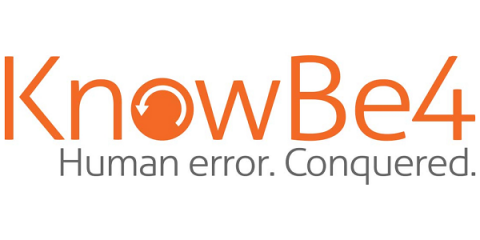Ivanti Patches Multiple Critical-Severity Vulnerabilities in Cloud Services Application
On December 10, 2024, Ivanti released updates for three critical-severity vulnerabilities impacting their Cloud Services Application. By chaining the vulnerabilities together, a threat actor could obtain administrative privileges via authentication bypass (CVE-2024-11639), which could then allow for remote code execution (CVE-2024-11172) and/or SQL injection (CVE-2024-11173).











